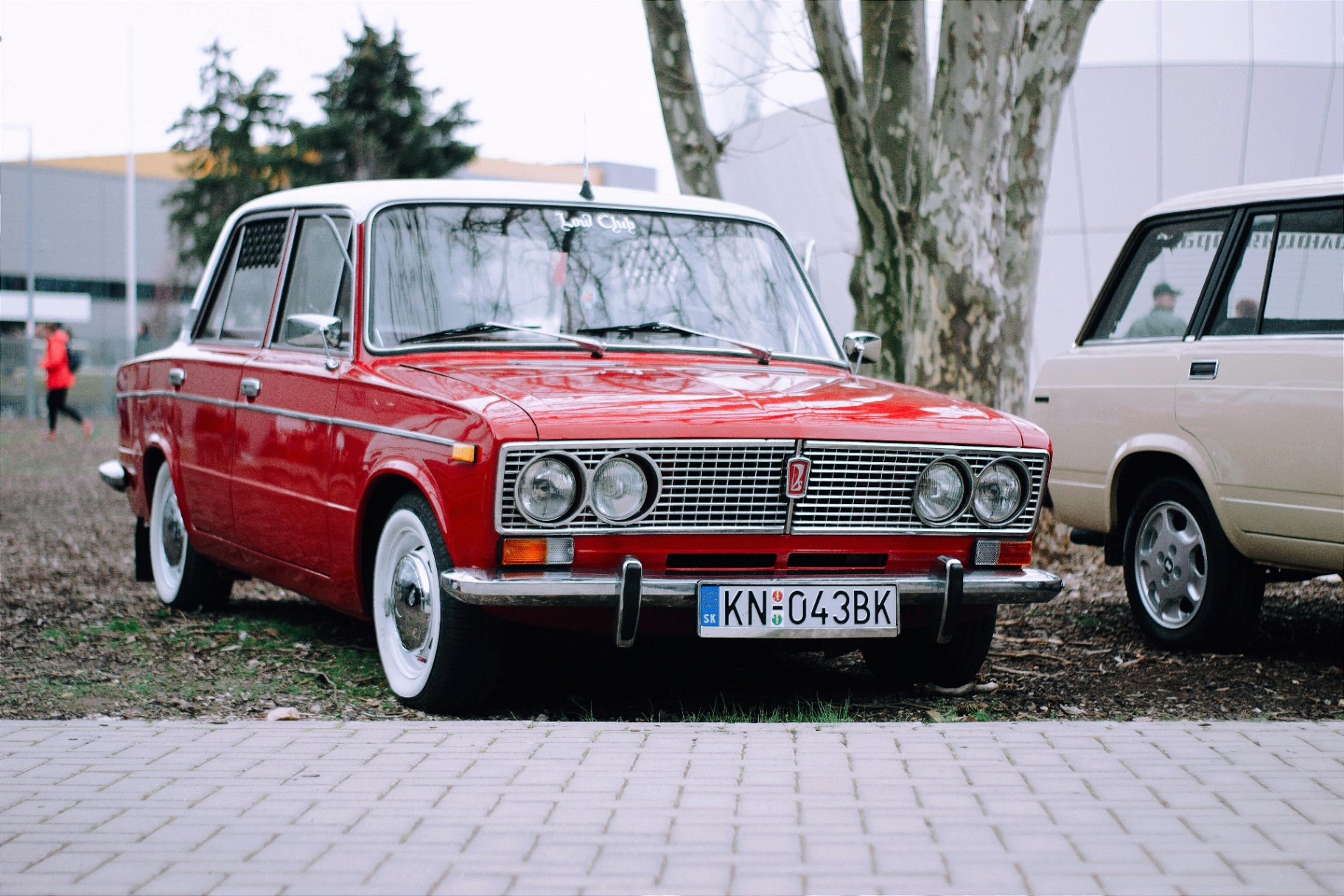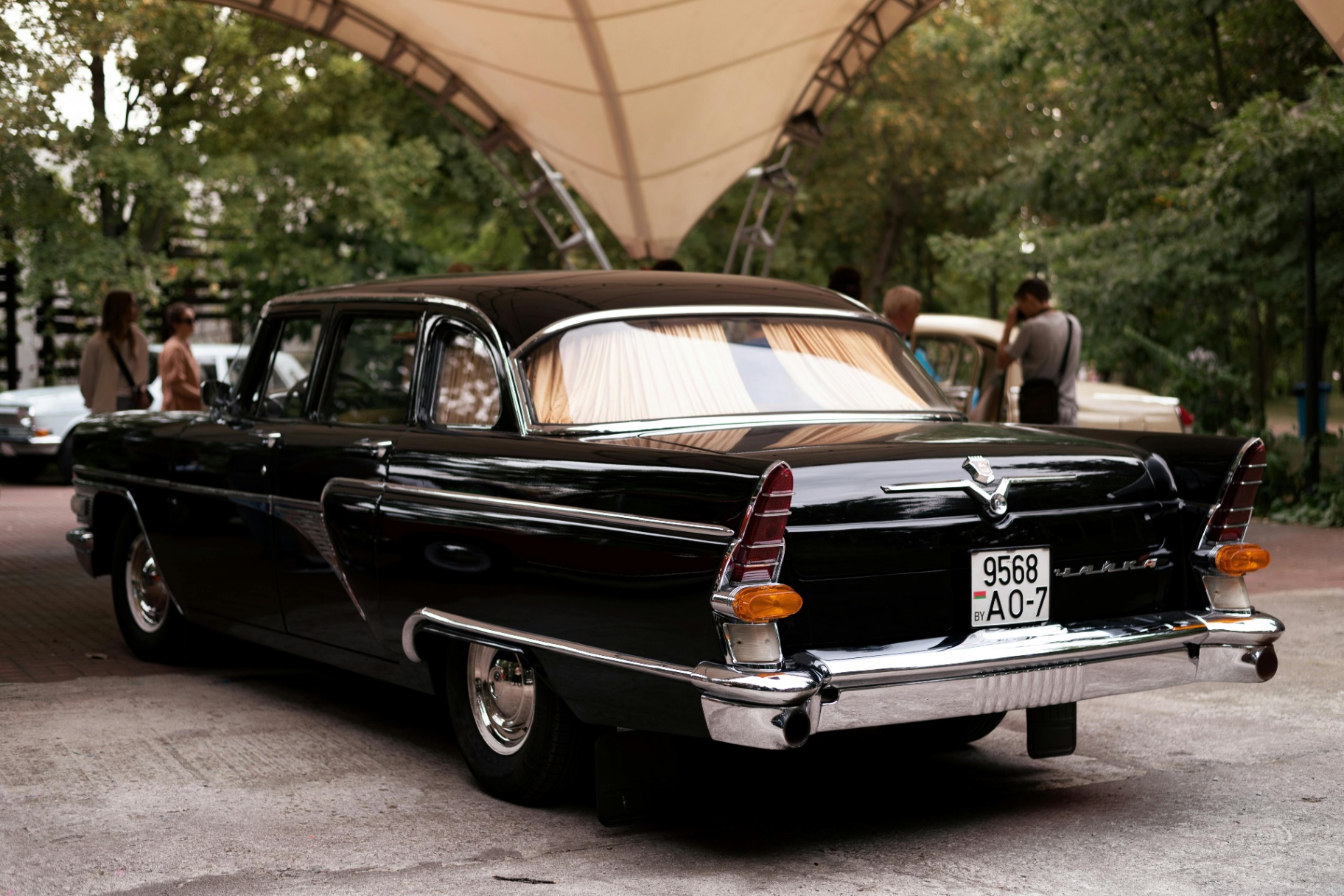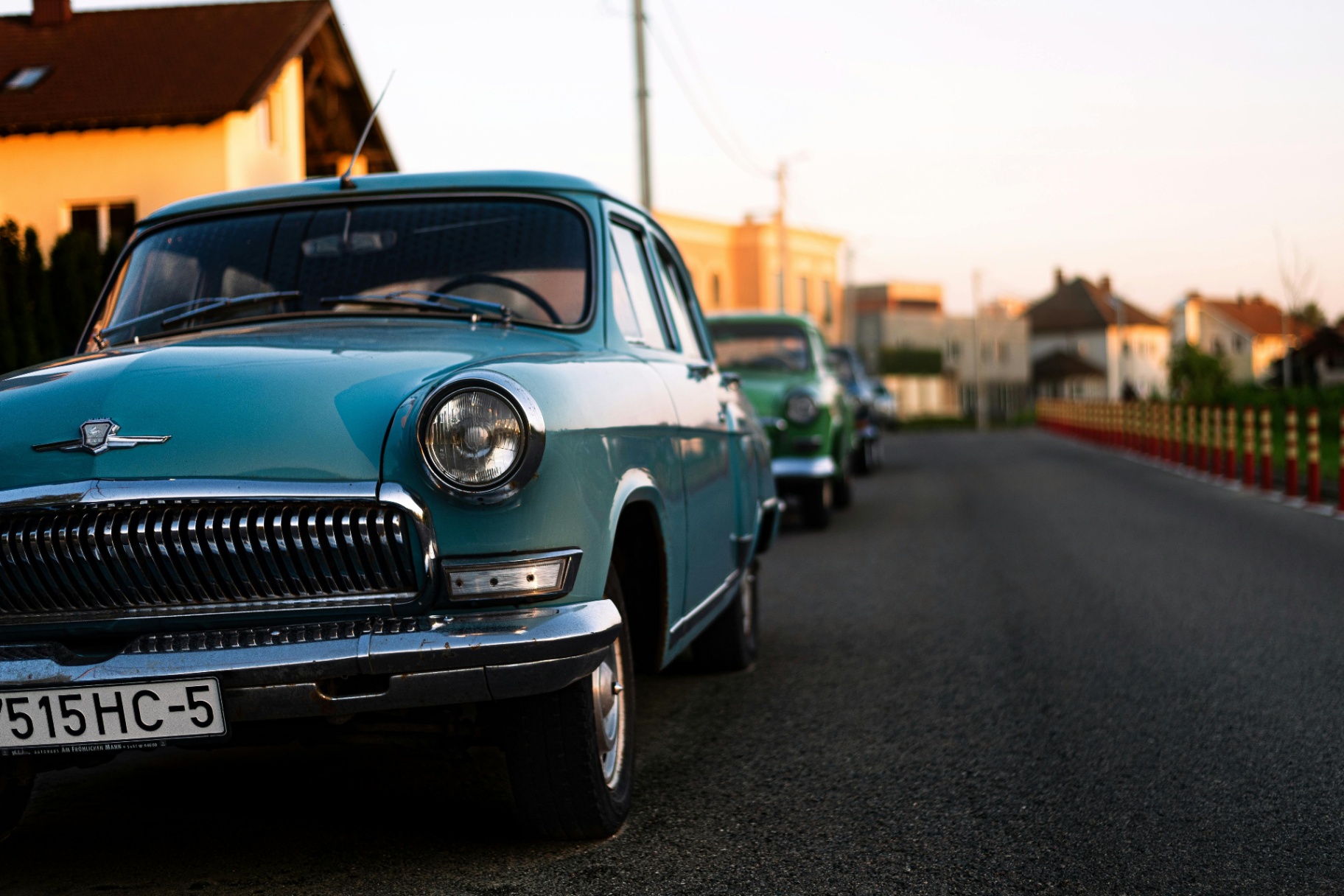
Founded in 1932 in Gorky, the brand has not only been a pillar of the automotive industry but has also left an indelible mark on the country's history. From the iconic GAZ-M20 "Pobeda," which symbolized Soviet mobility, to its crucial contributions during World War II with military vehicles, GAZ has been present at pivotal moments. In this blog, we will explore the vehicles that made history and how their legacy endures both on the road and on the battlefield, revealing the essence of a brand that has stood the test of time.
The Beginnings of GAZ
Founded in 1932 in Gorky, now Nizhni Novgorod, the Gorky Automobile Plant, or GAZ, was established to drive the Soviet automotive industry forward. Amidst rapid industrialization and modernization, the creation of GAZ was seen as a crucial step to strengthen the country's infrastructure and reduce reliance on foreign imports. Its initial mission was to produce vehicles that could meet both civilian and military needs, ranging from passenger cars to trucks and specialized military vehicles.
Check this out: Are Russian cars a scam or a hidden gem?
The first GAZ models prioritized functionality and durability, essential characteristics for the context of the time, marked by extreme weather conditions and difficult terrain. These vehicles quickly became crucial tools for Soviet society, facilitating both the transportation of people and goods. Additionally, their robustness and ability to operate in adverse conditions made them indispensable in rural areas and in the expansion of the country's transportation network. GAZ production not only contributed to economic development but also played a significant role in social cohesion and population mobility.

GAZ-M20 'Pobeda'
Launched in 1946, the GAZ-M20 'Pobeda' stands as one of the most iconic models of the brand. Designed during wartime, its name, meaning 'victory' in Russian, reflects the spirit of resilience and triumph of the era. This vehicle not only symbolized military victory but also the hope and rebirth of a nation that had suffered immensely during the conflict. The Pobeda was conceived as a car for the people, accessible and practical, but also as a showcase of Soviet ingenuity and industrial capacity.
The Pobeda's aerodynamic design and innovative features, such as integrated heating and electric windshield wipers, made it a symbol of progress and modernity. Its body, engineered to reduce wind resistance, not only improved fuel efficiency but also gave it a sleek and futuristic appearance.
Moreover, the Pobeda was one of the first cars in the world to have an all-steel body, increasing its durability and safety. It quickly gained popularity among Soviet citizens, establishing itself as an icon of postwar mobility. Its presence on the streets and highways of the Soviet Union became a testament to technological advancement and the indomitable spirit of a nation under reconstruction.
GAZ and World War II
During World War II, GAZ played a pivotal role in the Soviet war effort. The plant was retooled to produce military vehicles, including trucks, ambulances, and all-terrain vehicles, which were essential on the battlefield. This transformation was not easy; it required a complete reorganization of production and the implementation of new technologies and processes to meet the demands of the conflict. GAZ workers, many of whom were women and young people, worked tirelessly in long shifts to ensure that vehicles were mass-produced and sent to the front as quickly as possible.
See also: The other side of Porsche: Cars and armaments in Nazi Germany
The GAZ-AA and GAZ-MM trucks, in particular, stood out for their robustness and ability to withstand the harsh conditions of the battlefield. These vehicles not only transported troops and supplies but also played a vital role in military mobility and logistics, contributing significantly to the war effort.
Their simple yet effective design allowed for quick and easy repairs in the field, which was crucial in combat situations. Additionally, these trucks were adapted for multiple uses, from transporting ammunition to serving as mobile platforms for anti-aircraft guns. The versatility and reliability of GAZ vehicles were determining factors in the Red Army's ability to maintain its supply lines and execute complex tactical maneuvers, ultimately contributing to the success of Soviet military operations.

Iconic GAZ Models in the Civilian Market
Over the decades, GAZ has produced a series of models that have become classics in the civilian market. Among these models, the GAZ Volga, launched in 1956, is one of the most prominent. With its elegant design and advanced technology for the time, the Volga became a symbol of status and sophistication in the Soviet Union. This vehicle was not only appreciated for its exterior appearance but also for its performance and comfort. Equipped with a powerful engine and innovative features such as improved suspension and a spacious interior, the Volga offered a superior driving experience that set it apart from other cars of its time. Additionally, its mass production allowed it to become an affordable car for a wide range of Soviet citizens, solidifying its place in the country's automotive history.
The evolution of GAZ models has been constant, adapting to the changing needs of society. From family vehicles to luxury cars, GAZ has left an indelible mark on the daily lives of many generations. The company has been able to respond to market demands, introducing continuous improvements in design, safety, and efficiency. For example, in the decades following the launch of the Volga, GAZ developed a series of models that incorporated emerging technologies, such as more advanced braking systems and more fuel-efficient engines. This ability to innovate and adapt has allowed GAZ to maintain its relevance and prestige over time, becoming an integral part of the identity and progress of Russian society.
You might also be interested in: Can a Russian car beat an American giant? Ford vs. Lada
GAZ in the Modern Era: Adaptations and Challenges
In the post-Soviet era, GAZ has faced numerous economic challenges and increasing global market competition. The transition from a planned economy to a free market brought a series of difficulties, including the need to modernize its facilities and production processes to remain competitive. Additionally, the opening of the Russian market to foreign manufacturers meant that GAZ had to contend with international brands with decades of experience and significant resources. However, the company has demonstrated a remarkable ability to adapt, incorporating technological innovations and diversifying its product line. This adaptability has been seen not only in the modernization of its vehicles but also in the implementation of new market strategies and partnerships with other automotive companies to strengthen its position.
Recently, GAZ has launched models that meet international standards of quality and efficiency, focusing on sustainability and emissions reduction. These new models are not only designed to be more environmentally friendly but also incorporate advanced technologies such as driver-assistance systems, smart connectivity, and more efficient engines. Furthermore, GAZ has invested in research and development to explore alternative energy options, such as electric and hybrid vehicles, with the aim of aligning with global trends towards more sustainable mobility. These efforts have allowed the brand to maintain its relevance in an increasingly competitive automotive market, demonstrating that, despite the challenges, GAZ remains a significant player in the automotive industry both domestically and internationally.

GAZ's Legacy in Popular Culture
GAZ vehicles have left a profound mark on Russian popular culture. Appearing in countless films, books, and works of art, these cars represent not only a mode of transportation but also a symbol of national history and identity. In cinema, for instance, GAZ vehicles have been used to portray different eras of Russian history, from World War II to the Soviet era and beyond, providing an authentic and evocative visual context. In literature, GAZ cars often appear as narrative elements that reflect the progress and challenges of Russian society, symbolizing both resilience and innovation. In art, these vehicles have been immortalized in paintings and sculptures, capturing their robustness and their role in the everyday lives of citizens.
Many GAZ vehicle owners share an emotional connection with their cars, considering them not just as tools of mobility but as part of their family and cultural heritage. This strong emotional attachment underscores the enduring importance of GAZ in the lives of many people. For some, owning a GAZ vehicle is an act of historical preservation, a way to keep alive the memory of past generations who relied on these cars for their daily lives. Personal stories of family trips, adventures, and significant moments are often intertwined with these vehicles, creating a sense of continuity and belonging.
Furthermore, GAZ enthusiast clubs and owner gatherings are common, where anecdotes are shared, restored models are exhibited, and the brand's rich heritage is celebrated. This phenomenon not only highlights the durability and reliability of GAZ vehicles but also their ability to connect people across time and space, solidifying their place in the heart of Russian culture.






